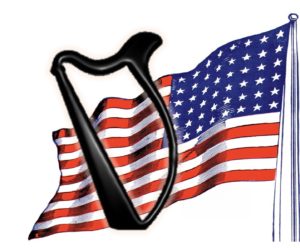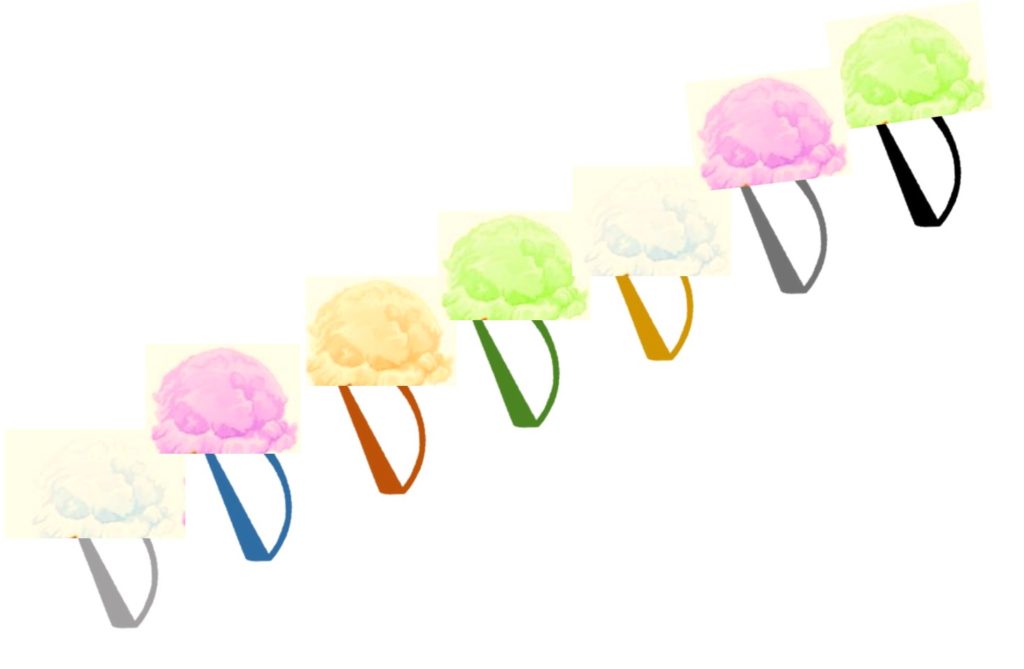Category Archives: Uncategorized
Thinking Time – Six ways to make more time
We are all busy. We are often busy telling other people that we’re too busy. We may have created a cult of business.
Of course we have plenty to do – work work, fun work, home work, house work, charitable work, good works. Oh, and practice! They all take up our time.
So that sometimes we have time for nothing more.
We don’t even have time to think.
You know what I mean – we have time to think, “Did I pull out something for dinner?” but we rarely have time to thing, “Am I on my best journey to a fulfilling life?”.
And that’s a shame. A lot of our creativity is buried in those questions. Of course, a lot of our humanity is buried in the time to think about those (and other) questions.
But having time is really an issue of priority and organization. And working with you. You have to add things like this into your life in ways that will actually work for you – not the way Marie or Brene or anyone else tells you to!
How do you get that thinking time in? You most likely will have to schedule it. Here are a couple of scheduling suggestions:
- Take a slightly longer shower. Don’t you find your best ideas come while in the shower? Buy a grease pencil so you can write them down on the tiles (and you can wash them off later!).
- There’s an app for that. Download a voice recorder app for your phone. Then you can talk to yourself – and actually remember what you said!
- Turn off the radio. If you spend a lot of time in your car, you probably have the radio on – either to hear music you like or to hear unending talking heads expelling pointless (or pointed, depending on your thinking) drivel. Turn it off and use the quiet to think. And if you have some good thoughts – you can record them on the handy-dandy voice recorder you’ve downloaded to your phone!
- Turn off the television – need I say more?
- Go for a walk. Not only will you get some fresh air, sunlight and exercise, you will have a little time to clear your head and to think.
- Get up fifteen minutes early. I know, you already don’t get enough sleep. But this will allow you to drink your coffee and have a little time to reflect.
Simply deciding to make time to think will make it easier. Do it for you.
Harpa’s Second Concert
Our second concert Harpa concert will be at the Robert Burns Birthplace Museum in Alloway. This museum is part of the National Trust for Scotland and consists of six sites within the city including the Burns Cottage, the Monument and Gardens, the Poet’s Path, the Museum, as well as the Alloway Auld Kirk and the Brig o’Doon (should we look for Meg’s tail?).
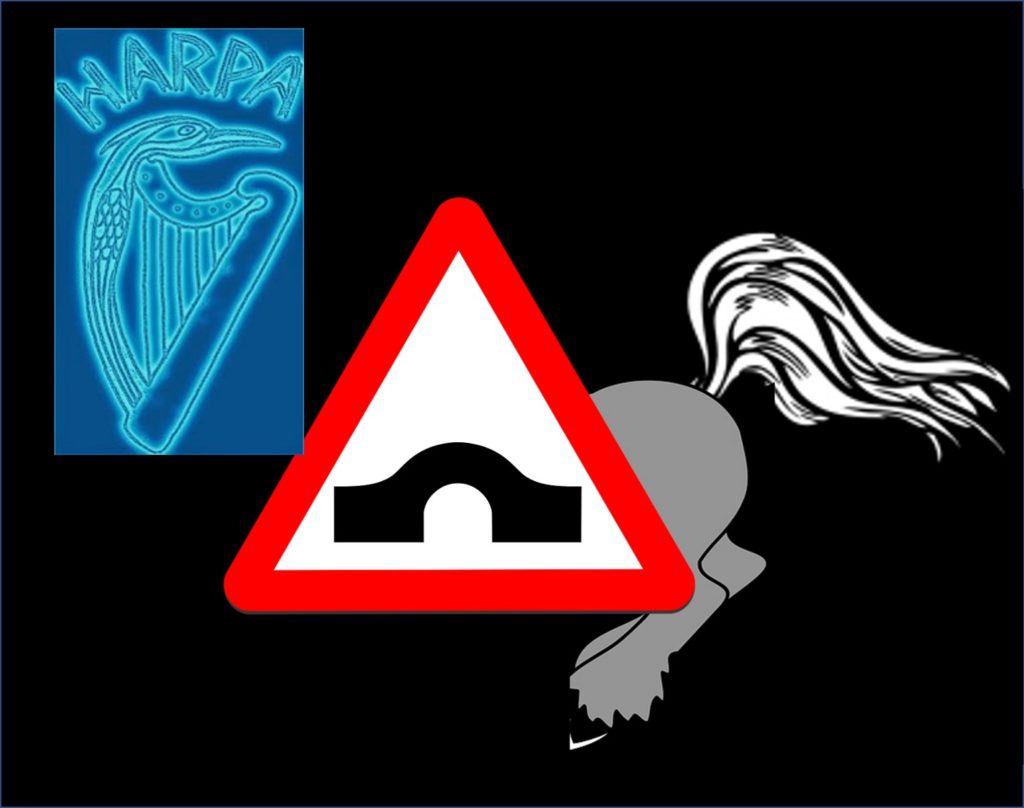 It will be exciting to perform in the place that so inspired one of the world’s best known poets! There is also an interactive website so you can prepare for our visit right alongside us. The website highlights an excellent collection of items and writings – we are so looking forward to visiting and sharing our music there!
It will be exciting to perform in the place that so inspired one of the world’s best known poets! There is also an interactive website so you can prepare for our visit right alongside us. The website highlights an excellent collection of items and writings – we are so looking forward to visiting and sharing our music there!
We’ll be there Friday, 19th May – hope if you’re in the area you’ll come out and meet us (and learn more about Robert Burns!).
We will start our trip tomorrow so our next few posts will be from there including what we’re up to and we’ll let you in on the fun! You can also watch our progress and travels on our facebook page.
Still Shopping?
There are so many things to do in the holidays season – so much shopping to do, so many presents to get. And harp players can be so hard to buy for!
What would be the perfect present? How about the Harp the Highland and Islands Tour in 2018?
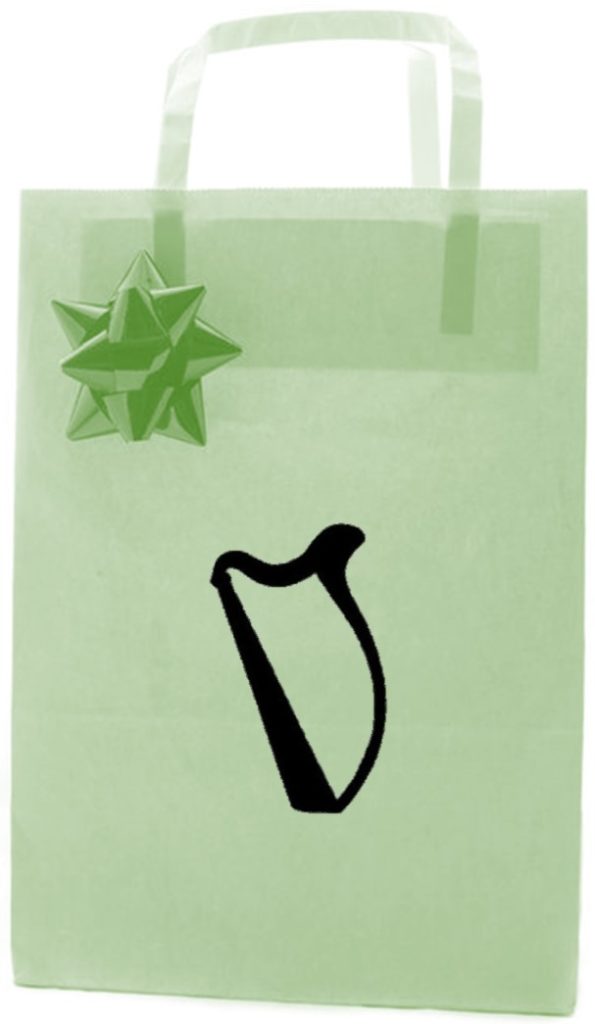 Plenty of time to plan to enjoy the beauty of Scotland while learning some wonderful tunes! Easy to wrap and any harp player (or traditional musician of just about any ilk) would be delighted to receive the gift. If you, or someone you know, would love to find the Harp The Highlands and Islands Tour in their gifts, contact me for more details (before they are presented on the website).
Plenty of time to plan to enjoy the beauty of Scotland while learning some wonderful tunes! Easy to wrap and any harp player (or traditional musician of just about any ilk) would be delighted to receive the gift. If you, or someone you know, would love to find the Harp The Highlands and Islands Tour in their gifts, contact me for more details (before they are presented on the website).
Happy Thanksgiving
Happy Veterans Day
This week we celebrate Veterans Day. Originally Armistice Day celebrating the end of World War I the day eventually became a celebration of all those who had served in the US Armed Forces.
Thank you to the US Military – the largest employer of musicians in the world! And thank you to all our veterans throughout the years!
This is a great opportunity – go play at a Veterans Hospital or Nursing Home or play on the street with a sign telling people that you’re celebrating or play a benefit and donate to a Veterans charity. Snap a photo and share it with us while we show appreciation to those who pledged their lives to defend ours.
It’s a mistake to worry about mistakes!
John Cleese, legendary funny person and noted actor is quoted as saying, “Nothing will stop you from being creative so effectively as the fear of making a mistake.”
And truly, that is not funny.
We are often our own worst enemies, telling ourselves repeatedly that our mistakes are not creative, just errors, cowering in our harp space not playing so we don’t miss, harboring the fear that we are not good enough to be creative, that other people are creative and we just appreciate their gifts because while they make charming mistakes. our own mistakes come out more like farts.
Hogwash!
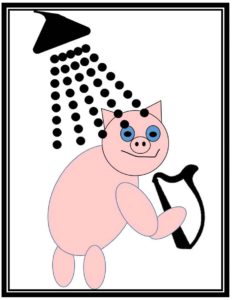 So how will you get around this?
So how will you get around this?
- Acknowledge that mistakes are not failures. Not getting where you meant to only means that you have an opportunity to learn from where you ended up.
- The cool stuff only arises from “mistakes”. Pay attention to where you landed and how you got there – some of the best tunes only get captured by turning on the recorder and collecting everything that comes out of your harp, good, bad and indifferent.
- There really are no mistakes – there are sometimes elements that are not as pleasurable as others but they are stepping stones to the next note. And if music is too perfect, it gets boring.
- Acknowledge that, like fine wine, sometimes an idea needs to age or mature before it is really what you wanted. Give yourself time for creativity to happen. You have no idea how many times the creator tried before you get that perfect “Pinterest” photo!
- Failure – what’s the worst that could happen? While you’re alone in your harp space something you didn’t intend comes out? Get over it and move on! Unlike the movies, creativity is not going to smite you with virtue…you’re going to have to work at it…and take the good with the bad.
Some of the best stuff ever has arisen from having the wrong levers set, not quite remembering how the tune starts, landing on the wrong chord, or some other mistake. So, make a beautiful noise and work with it – nothing that comes out of your harp is a failure!
A la Mode
Sometimes, you’re trying to put together a set of tunes – some jeels and rigs or a march, strathspey, reel set – and you might be at a loss on how to begin. You could just slap a few tunes together, and there are many ways to go about this. But for now, let’s think about theory and how knowing a little more about music structure might help us make some better decisions.
First, we are harp players so we’ll already be doing a lot with our hands, so we need to put together tunes that don’t require lever changes (or maybe just a couple but, really we’re going to try for none).
Second, we want the tunes to sound like we put them together on purpose rather than like we were grasping for any tune that would come into our head next to be played.
So, how are we going to use theory to help us out? Isn’t theory just a bunch of dry, boring, un-understandable blahblahblah that I will never use? The answer is a resounding – NO! Learning theory gives you the tools you need to put those tunes together – in a good way, that will make musical sense, will save you some lever changes, that brings your audience along with you – you want all those things!!
What theory lessons would be helpful for putting that set together? Well, you’re already part of the way there if you really, r-e-a-l-l-y don’t want to make lever changes! Because when you set your levers, you have automatically put the harp into seven different scales – and there’s probably a great tune in one of those seven scales (ok, really there’ll be about a million great tunes in a couple of those scales and possibly none in the others – but…made you look!).
What are these seven scales? You already know, but you might not know their names. The first is the scale you think of when you set the levers – no sharps or flats? You’re in C and you know it. But you’re also in…
Ionian mode (sounds pretty exotic). If you move everything up one note (start on the D) you’ll be in the Dorian mode. You know this one, that’s what Scarborough Fair is written in. Up another and you’re in Phrygian (someone suggested the theme for Dr. Who is an example). Start on F you’re in Lydian, but being on G and now you’re in Mixolydian – and if you’re playing trad, you’re used to playing here with its “flatted” seventh (the “pipe scale”). Start on the A and you’re in Aeolian (also known as relative minor or the natural minor) and again if you play trad, you probably know a lot of things in this scale). One more, start on the B and you’re in the Locrian mode which you would probably avoid because it sounds “wrong” to western listeners.
So, find some tunes that are in Ionian, Dorian, Mixolydian, and Aeolian and you’ll be well on your way to building a set – with no lever changes!*
*there are plenty of other considerations to putting a set together so don’t be surprised as you go along trying this find that the set doesn’t quite work – we’ll talk about other elements to building sets another time – I’ll let you digest this first!
Celebrate Peace
Today is Armistice Day, Veteran’s Day, Remembrance Day – no matter what it is called where you live, it is an opportunity to remember the fallen who gave their lives so we could enjoy ours in peace and freedom.
That seems like a good reason to give them their due through music. There are so many things you could do at this point –
- You could commemorate the original armistice and play the tunes of the day – there were some great tunes written at that time including Keep the Home Fires Burning, It’s a Long Way to Tipperary, or Carry Me Back to Ol’ Virginnie
- You could play music from other post war eras including anything from Irving Berlin
- You could compose your own pieces
- you could play in a number of places including a VA home or for a veteran’s group or another civic group
- You could, of course, do nothing
Just play – and enjoy that you can in peace!
Happy Boss’ Day!
It’s Boss’ Day – certainly a holiday worth celebrating!
“Why?” you might ask – because at your harp – You are the boss of you!
You make all the decisions at your harp. What will you play? How will you play it? How long will you practice? When will you take lessons? From whom will you learn? What new tunes will you tackle?
 You are the decision maker…and you have all the responsibility! You should do all those things good bosses do:
You are the decision maker…and you have all the responsibility! You should do all those things good bosses do:
- Be appreciative of hard work
- Acknowledge a good effort and reward good performance
- Point out areas for improvement in a constructive way
- Deliver useful and appropriate feedback
- Encourage growth and development
- Encourage creativity
- Expect good work
After all, you need to be a good boss – you can’t fire you!




